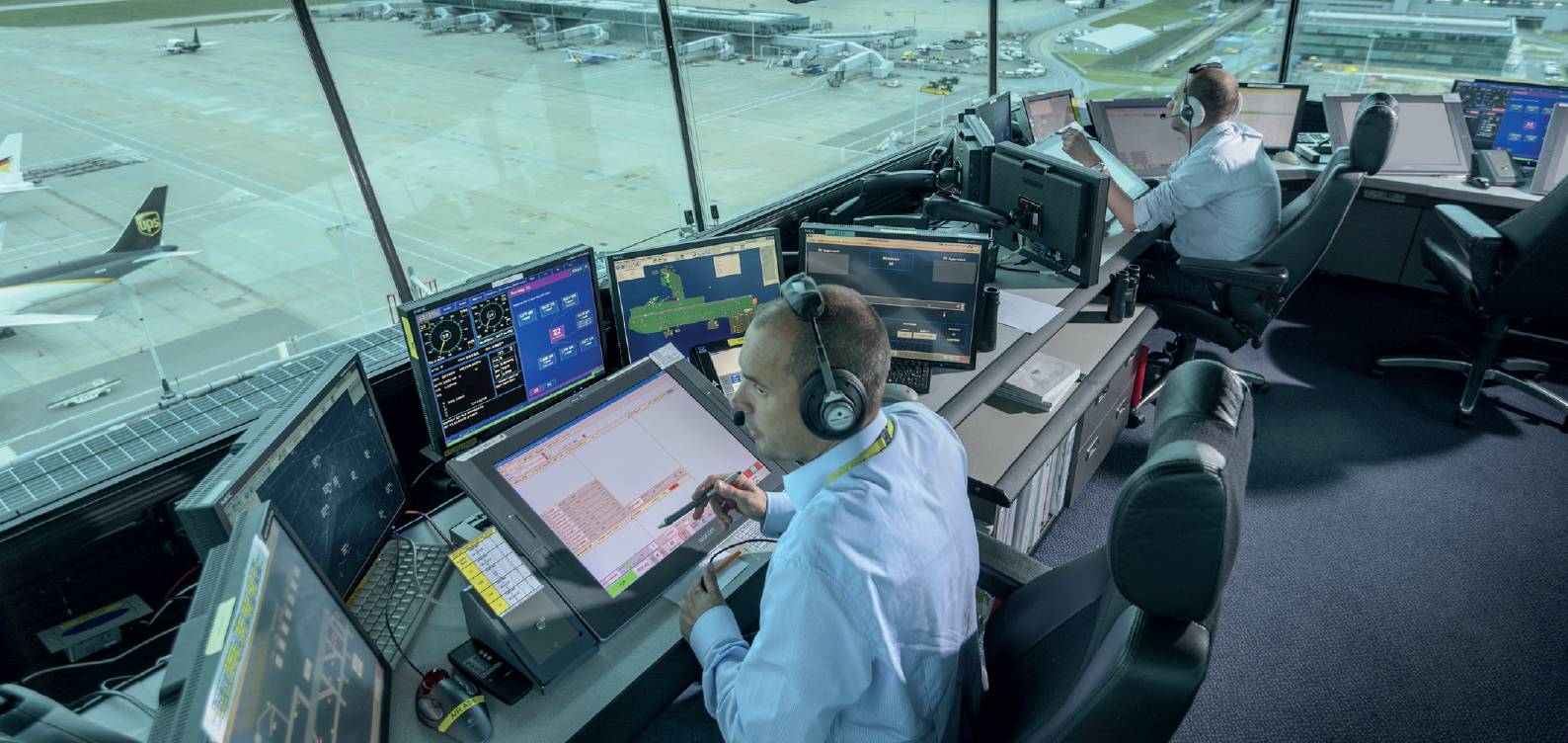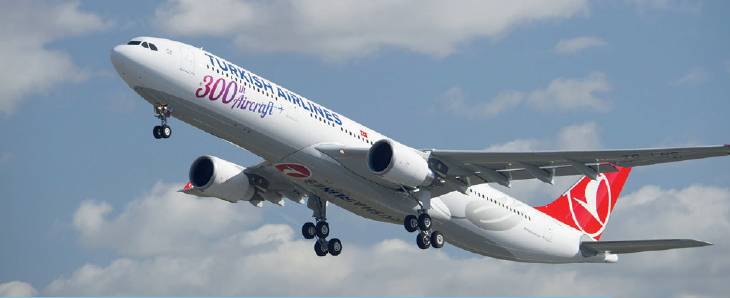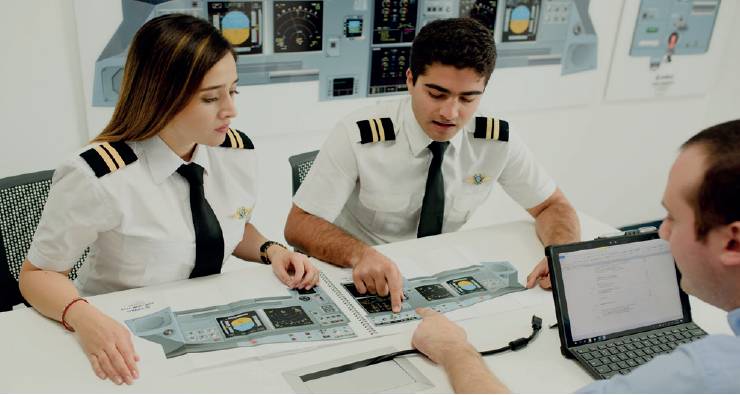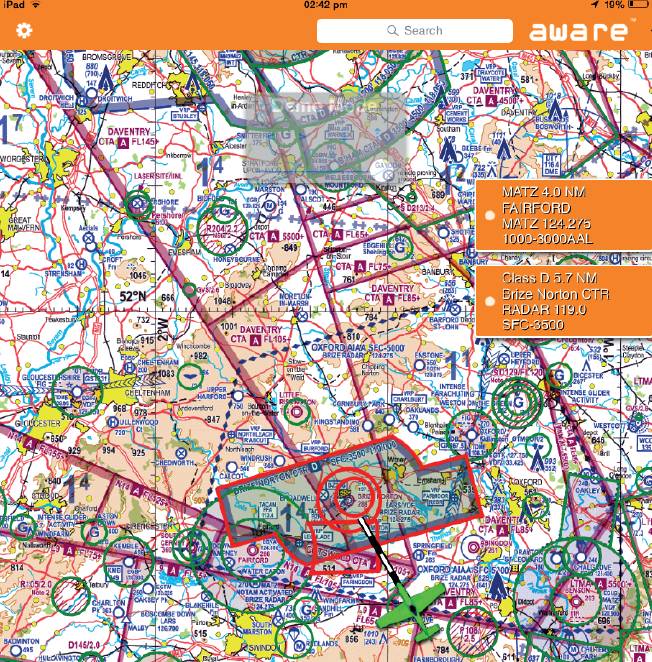AEROSPACE Sharing safety lessons
It’s good to talk
Aviation consultant, DR HAZEL COURTENEY FRAeS, considers the value of communication across the aerospace industry.
 NATS
NATS
Aviation is full of highly specialised professional groups: pilots, engineers, air traffic controllers (ATCOs) and more. Within those groups are subgroups of specialists with deep knowledge of their part of the aviation system. We rarely go outside of our groups because usually the issues we have are deep and narrow. We huddle together with our fellow aerodynamicists or biplane pilots, discuss the finer points of whatever it is, and we come out with a way forward. Generally, this works very well. For safety issues, there are some occasions where the ‘narrow specialisation’ path is not enough and can benefit from an additional approach. That is, to bring different disciplines to the table.
Safety management systems bring together some of the different areas within an organisation to discuss safety. This is a good start, but the best safety solutions may go wider.
The EASA European Plan for Aviation Safety, the ICAO Global Aviation Safety Plan and the ‘Significant Seven’ campaign promoted by UK CAA some years ago, study the main types of aircraft accidents and explore the key contributions from all disciplines that could help to reduce that risk. What arises as an operational problem may have contributions from many different areas. Or, the problem may manifest in one area but the best solution may possibly come from a different area.
Loss of control in flight can involve pilot training, aircraft design and maintenance and weather forecasts for route planning.
Controlled flight into terrain (CFIT) accidents were once the most common type of fatal accident. CFIT is an operational accident with operational causes, yet the most effective risk reduction came from aircraft technology with terrain avoidance warning systems, such as the enhanced ground proximity warning system which has almost completely stopped these accidents in aircraft that carry the system.
Runway excursions, where an aircraft leaves a runway surface, happen rarely but when they do, they often occur due to unstabilised approaches and thus often have serious consequences. This can involve almost every part of the system, including airport design, precision approach technology, airspace and approach design, airport ground services, aircraft system design, documentation design, aircraft maintenance, air traffic control, pilot training and procedures, and the interfaces between these areas. An airport includes runway length, width and slope, airport layout, runway surface condition, runway end safety area (or lack of it) or arrestor bed, location of nearby obstacles or hazards like water, roads or buildings, fire and emergency services. Does the airport have the benefits of precision approach technology, is there a circling approach for noise abatement, is the runway kept free of debris, wildlife and contamination and is the surface friction measured and communicated to pilots as necessary and is the windsock prominent and visible during the approach and take-off (for all runways) to confirm surface wind?


